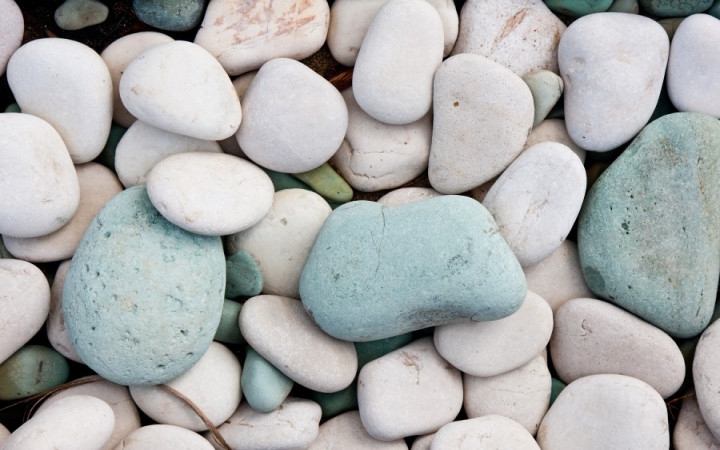Today’s Wonder of the Day was inspired by Ms. Noble's Grade 3 Class from Barrie. Ms. Noble's Grade 3 Class Wonders, “How are rocks made” Thanks for WONDERing with us, Ms. Noble's Grade 3 Class!
Do you enjoy learning how things are made? For example, when you order a grilled cheese sandwich, do you like to know what kind of bread and cheese are going to be used? If you don't have a taste for Swiss cheese on rye, then you might be curious about the products.
But what about the bread and the cheese? Are you curious about how they make these items? Sometimes it’s easy to see how things are made. For bread, it’s easy to follow a recipe that shows how ground grains combine with other ingredients to make bread that comes hot and fresh out of the oven.
For other things, though, it’s not as easy to figure out how they’re made. Take rocks, for example. Can you look at a rock and determine how it came to be? Unless you’re a geologist, the answer is probably “no.” So how are those hard lumps of mineral matter made?
That’s a bit of a trick question, though, because there are three main types of rocks: igneous, sedimentary, and metamorphic. And, of course, each type forms differently. Let’s look at each type of rock and how it comes to be.
Igneous rocks form when melted rock cools into a solid. This can happen above or below the Earth’s surface. When a volcano erupts, the lava cools and becomes igneous rock. Some igneous rocks are granite, basalt, pumice, and obsidian.
Igneous rocks are made quickly, but sedimentary rocks take millions of years to form. When the ground wears away over time, it leaves layers of sediment. After a really long time, many layers of sediment build up and push down on the old layers. With lots of pressure and heat, the lower layers turn into rocks. Some types of sedimentary rocks are sandstone, limestone, and shale.
Metamorphic rocks are the products of rocks that have changed. You might know the word “metamorphosis” from when a caterpillar changes into a butterfly. The same idea applies to rocks. Metamorphic rocks change into a new form.
Metamorphic rocks might have started as igneous or sedimentary rocks. They might even have been a different metamorphic rock. When tectonic plates crash together or when there is a lot of heat and pressure from under the ground, these rocks can change. Some kinds of metamorphic rocks are marble, soapstone, slate, and gneiss.
Even though rocks seem like they’ll stay the same forever, they actually change a lot over millions of years. Scientists call this the “rock cycle”. One way this happens is when a volcano erupts and hot lava cools down to become igneous rock.
As time goes by, the weather wears down the igneous rock into tiny pieces called sediment. The sediment pieces pile up and get compressed over millions of years to become sedimentary rock.
After millions more years, the sedimentary rock can get buried under other rocks and end up deep underground. There, it can get really hot and compressed by all the weight on top of it. This turns the sedimentary rock into metamorphic rock, and then the cycle can start again! Of course, not all rocks follow this exact pattern. There are many ways rocks can change from one type to another—and this happens over and over in a never-ending cycle.
When you explore in your area, what types of rocks to you find? Can you classify them into sedimentary, igneous, and metamorphic categories? Based on what you know of your area, what types of rocks do you think you might find?





